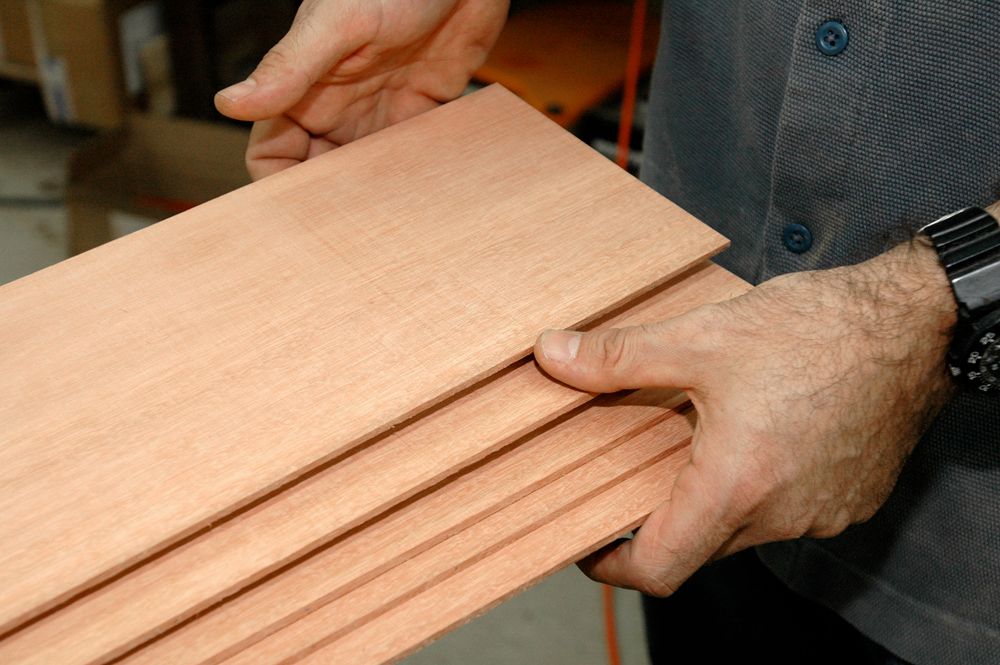On my bandsaw I've just been using the standard 3/8" 6TPI blade it came with which has worked well for what I've needed it for. However, I'm going to be getting into some resawing and cross cutting of thick stock, so I'm going to buy a 3/4" hooked 3TPI blade. However, in the selection of this blade, there is the regular steel blade and then there's carbide tipped. The price difference is pretty significant, $52 vs $18, so I'm wondering what the significance is and how important it is. I assume the only advantage of the carbon tipped would be that it lasts longer, which wouldn't really be too significant to me because I'm only using this for my personal home shop.




 Reply With Quote
Reply With Quote



 Please help support the Creek.
Please help support the Creek.

